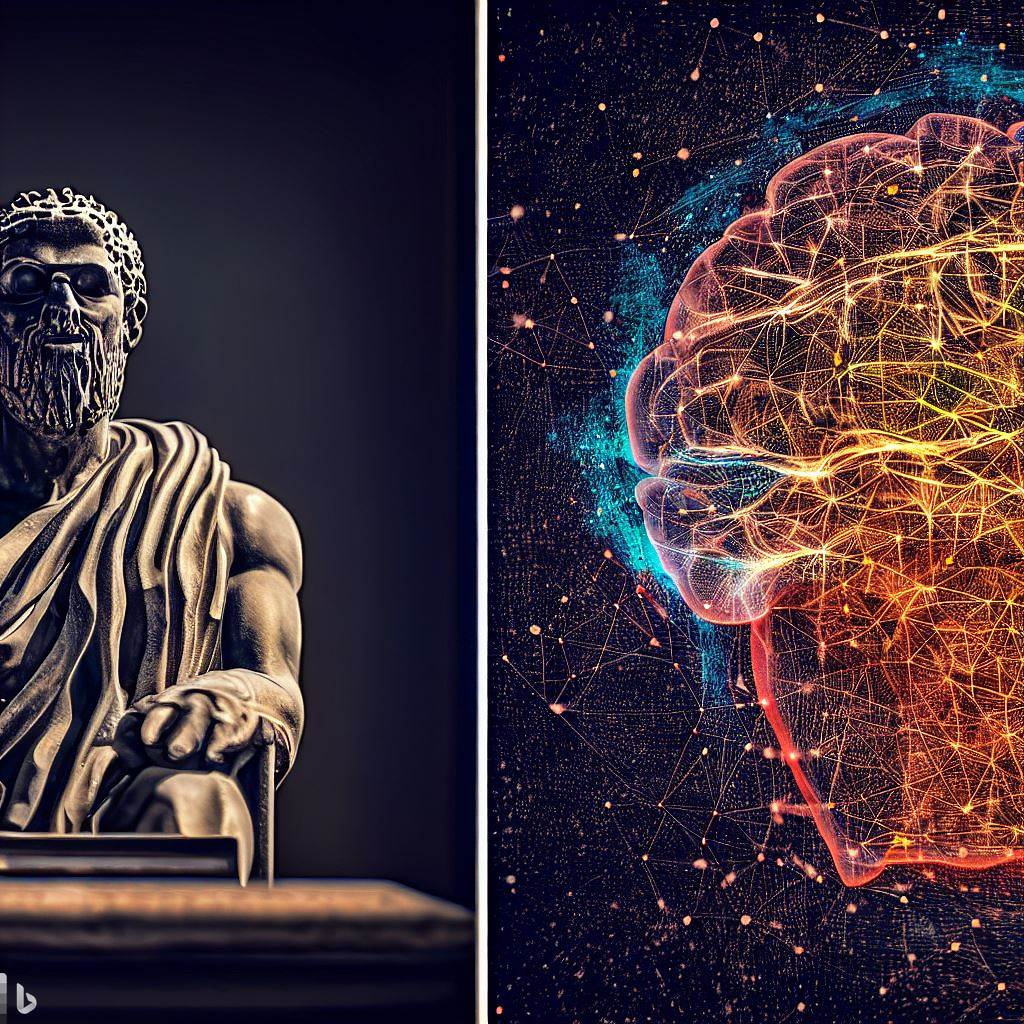This blog explores the use of AI. It is a work in progress attempting to tell the story of humans in a world driven by randomness.
It is an intriguing and rather haunting look at both our own world and the use of AI.
Limits of AI images
It is not a specialist. It is not a doctor. It is not an engineer. It is not a physicist. It is not a social worker. It is not a nurse. It is not a architect. It is not an artist. It is not a teacher. It is a dumb – ingenious – algo with a Large Language Model on the front end.
While AI is impressive, keep in mind that it is like a kindergartener today. It is not even a grader as my granddaughter would put it.
But remember that it has a huge knowledge base to draw upon including information in all those fields and more. So in terms of its knowledge base it has prefect recall for all the data that it was trained on. That exceeds the knowledge of all but at most a few individual and perhaps everyone.
Limitations becomes glaringly obvious when you ask AI to compose an image where specialize knowledge is needed.
When I asked it to design a thrashing machine like the ones used in the 1800s, I got junk images although there are elements of realism such as the dust:
Clearly AI image creation has no idea of relationships. This is not surprising because the sampling process is random. The algo simply takes a collection of images that it has that are related to the subject, creates a probability space, and then takes a random sample of that probability space. To get realistic results would require many constraints on either the probability space, or a lot of trial and error to only present realistic images.
Better still would be an AI subsystem that understands relationships in 3D and 4D.
